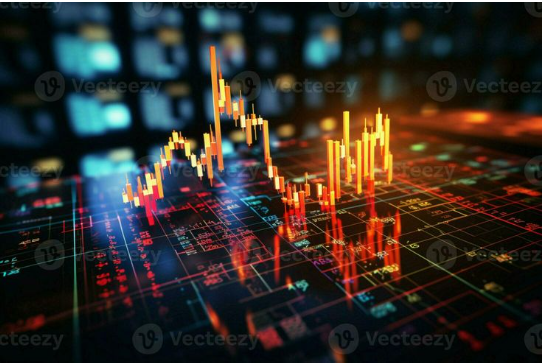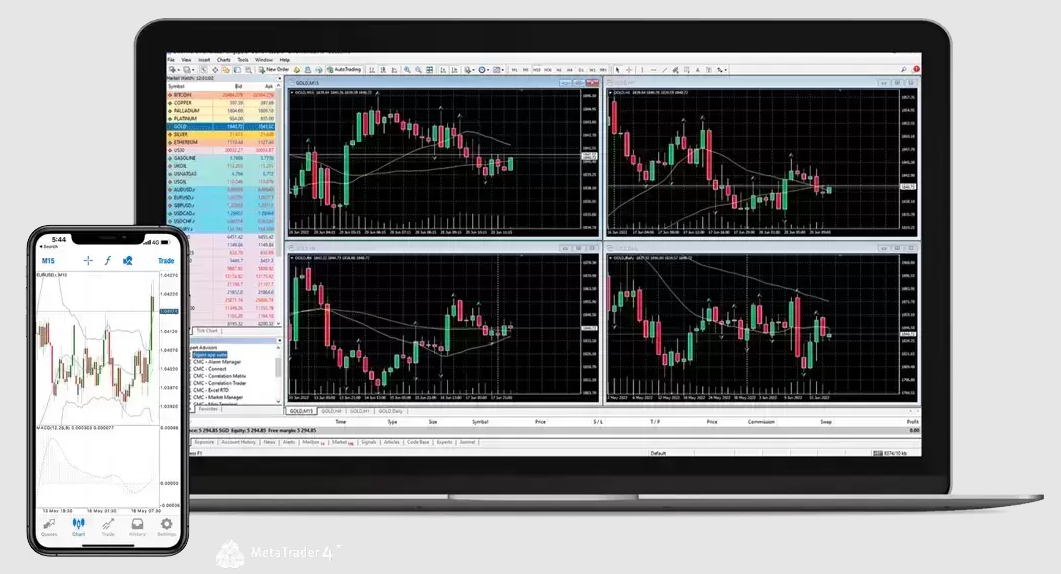Does technical analysis work in Forex

Understanding technical analysis and its role in the Forex market
Before we dive deep into the debate, let’s first understand what technical analysis is and how it works. Technical analysis is a method of evaluating securities by analysing statistics generated by market activity, such as past prices and volume. It involves studying charts and using various tools and indicators to identify potential trading opportunities. In Forex, since currencies are traded in pairs, technical analysis primarily focuses on the historical price movements of currency pairs.
One of the main assumptions behind technical analysis is that prices move in trends and tend to repeat patterns. Traders use indicators like moving averages, Fibonacci retracements, and trend lines to identify these patterns and make trading decisions based on them. Technical analysis also considers support and resistance levels, where buyers or sellers tend to enter the market, causing a potential reversal in price.
While fundamental analysis provides insights into the reasons behind market movements, technical analysis focuses on identifying when these movements are likely to occur and taking advantage of them. It makes it an essential tool for many traders, especially those who engage in short-term trading like day trading or scalping. Go to adss to start trading.
How to analyse charts using technical indicators such as moving averages and RSI
Traders use various technical indicators to analyse charts and identify potential trading opportunities. Moving averages and Relative Strength Index (RSI) are two of the most commonly used indicators.
Moving averages are trend-following indicators that smooth out price data by creating a constantly updated average price. They help traders identify trends and potential areas of support and resistance. For example, if the price of a currency pair is consistently above the 200-day moving average, it indicates an uptrend and could be seen as a potential buying opportunity.
Conversely, RSI is a momentum indicator that measures the speed and change of price movements. The scale ranges from 0 to 100, where values above 70 suggest overbought conditions, while values below 30 indicate oversold conditions. Traders use RSI to identify potential areas of reversal in the market.
Other popular technical indicators include Bollinger Bands, MACD, and Stochastic Oscillators, all with unique characteristics and uses. However, it’s important to note that no single indicator can provide a complete picture of market trends and movements. Traders often combine multiple indicators with other technical analysis tools to make well-informed trading decisions.
The importance of risk management when using technical analysis in Forex trading
While technical analysis can be a powerful tool for traders, it’s essential to remember that no analysis or indicator can guarantee success in the market. Market movements are unpredictable, and risks will always be involved in trading. That’s why it’s crucial to have proper risk management strategies in place when using technical analysis.
One of the most critical risk management techniques is setting stop-loss orders. It is a predetermined price at which trade automatically closes to prevent further losses if the market moves against the trader’s position. Additionally, traders should set profit targets to secure their gains and avoid making emotional trading decisions.
Another crucial aspect of risk management is managing leverage. Forex trading involves using borrowed funds to increase returns but also amplifies potential losses. Therefore, traders should consider their risk tolerance and use leverage wisely to avoid significant losses.
Common pitfalls to avoid when relying solely on technical analysis in Forex trading
While technical analysis can be a valuable tool, relying on something other than it solely when making trading decisions is essential. There are certain pitfalls that traders should be aware of to avoid falling into the trap of over-reliance on technical analysis.
One common mistake is ignoring fundamental analysis completely. While it may not have as immediate an impact as technical analysis, economic events and news can still affect market movements and should be considered.
Another pitfall is relying too heavily on a single indicator or using too many indicators simultaneously, leading to analysis paralysis. Traders should also be cautious of false signals and avoid making impulsive trades based on one indicator alone.





